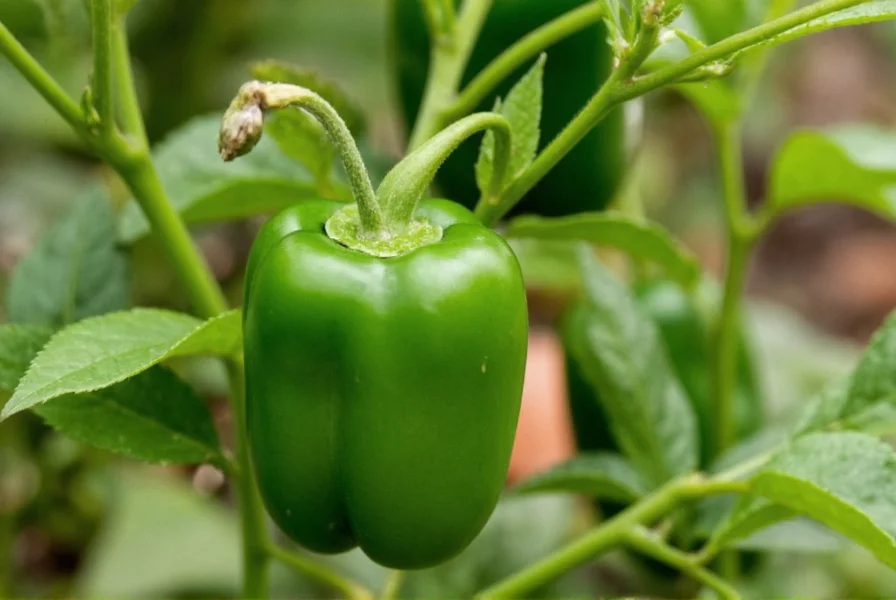For centuries, pepper has captivated civilizations not just as a seasoning but as a valuable commodity that shaped trade routes and economies. Understanding where does pepper come from reveals a fascinating journey from ancient Indian forests to kitchen pantries worldwide.
The Botanical Origin of True Pepper
When discussing where does pepper come from, we must distinguish Piper nigrum (true pepper) from other "peppers" like chili peppers (Capsicum species). The Piperaceae family plant grows as a perennial vine that climbs trees or poles in tropical climates. Its fruit, initially green, develops into peppercorns that become the various pepper types through different processing methods.
Pepper cultivation requires specific conditions: high humidity, consistent rainfall (150-250 cm annually), and temperatures between 25-30°C (77-86°F). These requirements explain why pepper production remains concentrated in equatorial regions despite global demand.

Historical Journey of Pepper Trade
The history of pepper begins over 4,000 years ago in ancient India. Archaeological evidence shows pepper was used in the Indus Valley Civilization around 2000 BCE. By the Roman era, pepper had become so valuable it was often used as currency—earning the nickname "black gold."
During the Middle Ages, pepper's value was extraordinary. A pound of pepper could purchase a slave or redeem a prisoner. The quest for direct access to pepper sources drove European exploration, ultimately leading to the discovery of sea routes to India. Portuguese explorer Vasco da Gama's 1498 voyage to Calicut (Kozhikode), India, was primarily motivated by securing pepper trade routes.
Different Pepper Varieties and Their Processing
Though all true pepper comes from the same Piper nigrum plant, processing methods create distinct varieties:
| Pepper Type | Processing Method | Flavor Profile |
|---|---|---|
| Black Pepper | Unripe green berries cooked briefly in hot water, then sun-dried | Strong, pungent, complex with earthy notes |
| White Pepper | Ripe red berries soaked to remove outer layer, then dried | Milder, earthier, less complex than black pepper |
| Green Pepper | Unripe berries preserved through freeze-drying or brining | Fresher, grassier, less pungent |
| Red Pepper | Ripe red berries dried without removing outer layer | Sweet, fruity, less spicy than black pepper |
Modern Global Pepper Production
While pepper originates from India, global production has shifted significantly. According to the Food and Agriculture Organization, current production statistics show:
- Vietnam: 34% of global production (approximately 260,000 metric tons annually)
- Indonesia: 19% (mainly from Lampung province)
- Brazil: 14% (primarily in Pará state)
- India: 10% (concentrated in Kerala's Malabar region)
- Sri Lanka, Malaysia, and China: Remaining production
This distribution reflects how understanding where does pepper come from today requires acknowledging both historical origins and modern agricultural realities. Vietnam's dominance emerged after the 1990s when farmers converted rubber plantations to pepper cultivation.
Pepper vs. Other "Peppers": A Critical Distinction
One common point of confusion when exploring where does pepper come from involves chili peppers. Despite sharing the name "pepper," they belong to completely different plant families:
- True Pepper: Piper nigrum (Piperaceae family), native to India
- Chili Peppers: Capsicum species (Solanaceae family), native to the Americas
This distinction matters because Christopher Columbus mistakenly called chili peppers "peppers" when he encountered them in the Caribbean, believing he had reached India and found the source of black pepper. This historical mix-up continues to cause confusion about what plant does pepper come from.

Pepper Cultivation Process
Learning how is pepper harvested reveals why this spice remains labor-intensive to produce. Pepper vines begin bearing fruit after 3-4 years and can produce for 20-30 years. The harvesting process involves:
- Vines produce flower spikes that develop into fruit clusters
- Harvesters pick clusters when berries begin turning red (for black pepper) or fully red (for white/red pepper)
- For black pepper: berries are briefly cooked then sun-dried for 6-10 days until black and wrinkled
- For white pepper: ripe berries are soaked in water for 7-10 days to ferment and remove outer layer before drying
- Final product is cleaned, sorted, and graded before export
This meticulous process explains why premium pepper varieties command higher prices and why understanding the origin of white pepper vs black pepper matters to culinary professionals.
Cultural Significance Across Civilizations
Pepper's journey from where does pepper come from to global kitchens reveals its cultural impact:
- Ancient Rome: Pepper was so valuable it appeared in dowries and inheritances
- Medieval Europe: Used to demonstrate wealth; featured prominently in noble feasts
- Ayurvedic Medicine: Used for digestive benefits in traditional Indian medicine
- Modern Cuisine: Remains the world's most traded spice, present in 90% of savory dishes
The enduring popularity of pepper demonstrates how a simple vine from Southwest India became integral to global culinary traditions. When considering the history of pepper cultivation, we see how this unassuming berry influenced trade routes, sparked explorations, and continues to flavor our food today.











 浙公网安备
33010002000092号
浙公网安备
33010002000092号 浙B2-20120091-4
浙B2-20120091-4